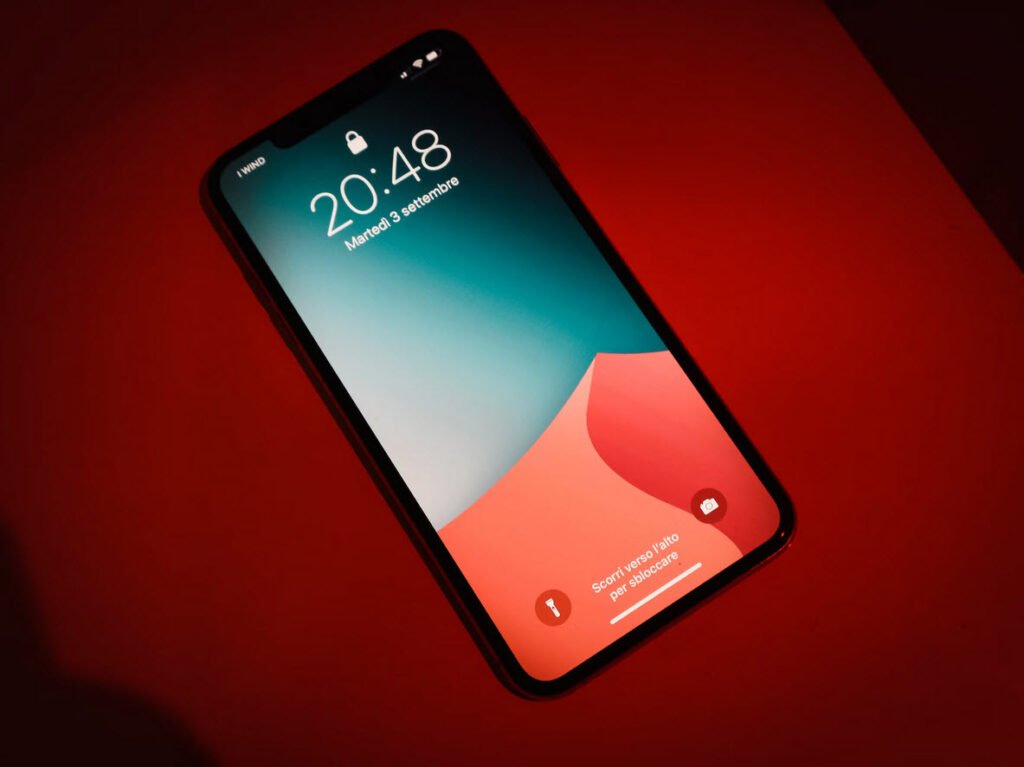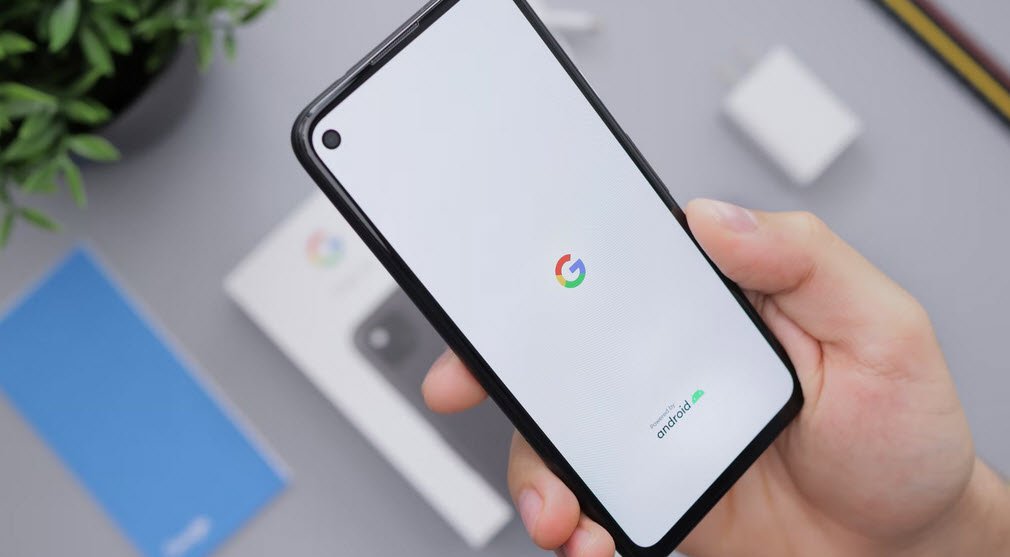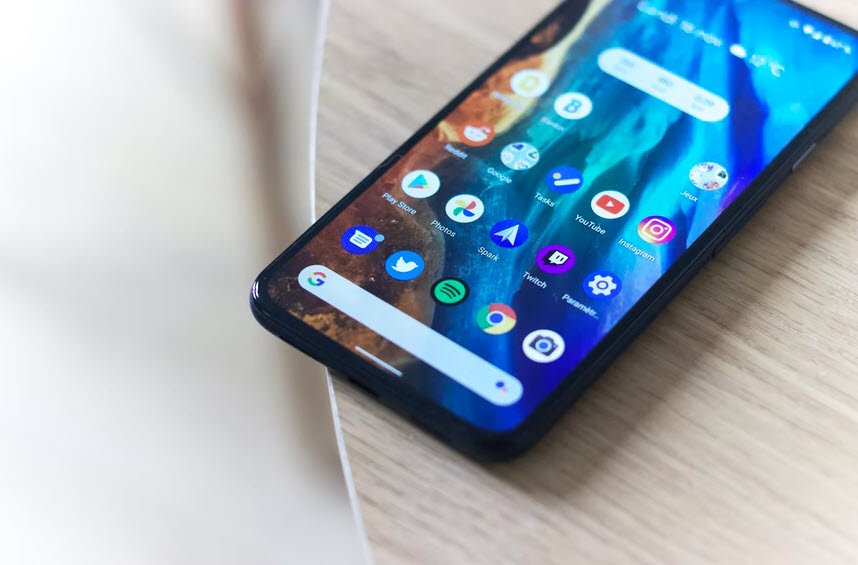
As mobile applications continue to dominate the digital landscape, ensuring their security is of paramount importance. Developing secure mobile applications not only protects user data but also helps maintain the trust and credibility of your app.
Here are some essential tips for secure mobile application development:
- Leverage TLS/SSL
- Follow Secure Programming Practices
- Validate Input
- Leverage the Permissions Model Used by the OS
- Use the Least Privilege Model for System Access
- Store Sensitive Information Properly
- Sign the Application’s Code
- Figure Out a Secure and Strong Update Process
- Understand the Mobile Browser’s Security Strengths and Limitations
- Zero Out the Nonthreats
- Use Secure/Intuitive Mobile URLs
1. Leverage TLS/SSL:
Implement Transport Layer Security (TLS) or Secure Sockets Layer (SSL) protocols to establish secure communication channels between the mobile app and the server. Encrypting data in transit helps prevent eavesdropping and data tampering.
2. Follow Secure Programming Practices:
Adhere to secure coding practices throughout the development process. This includes input validation, output encoding, and protection against common vulnerabilities such as injection attacks (SQL, OS, etc.), cross-site scripting (XSS), and cross-site request forgery (CSRF).
3. Validate Input:
Thoroughly validate user input to prevent malicious input from compromising the application. Apply input validation techniques, such as white-listing and parameterized queries, to ensure data integrity and protect against code injection attacks.
4. Leverage the Permissions Model Used by the OS:
Respect and utilize the permissions model provided by the mobile operating system. Only request the necessary permissions required for the application’s functionality, and be transparent with users about why those permissions are needed.
5. Use the Least Privilege Model for System Access:
Adopt the principle of least privilege, which means granting the application only the necessary system privileges. Restricting access rights minimizes potential vulnerabilities and limits the damage that could be caused by a compromised app.
6. Store Sensitive Information Properly:
Handle sensitive data, such as passwords, authentication tokens, and personal information, with care. Use secure storage mechanisms, such as the Keychain on iOS or the Android Keystore, to encrypt and protect sensitive data both at rest and in memory.
7. Sign the Application’s Code:
Digitally sign the application’s code with a certificate to verify its authenticity and integrity. Code signing ensures that the app has not been tampered with and helps users trust the source of the application.
8. Figure Out a Secure and Strong Update Process:
Design a robust and secure update process for your mobile application. Implement a secure update mechanism that verifies the integrity of updates and ensures that users receive and install legitimate and authorized updates.
9. Understand the Mobile Browser’s Security Strengths and Limitations:
If your application includes a web component or uses a webview, be aware of the security strengths and limitations of the mobile browser or webview. Consider factors such as the browser’s support for content security policies (CSP), secure cookie handling, and protection against clickjacking.
10. Zero Out the Nonthreats:
Minimize potential attack vectors by disabling or removing unnecessary features, libraries, or APIs from your application. Reducing the attack surface area helps eliminate non-essential risks and improves the overall security posture of the app.
11. Use Secure/Intuitive Mobile URLs:
When designing deep links or URLs within your application, ensure they are secure, intuitive, and free of sensitive information. Avoid exposing sensitive data, session tokens, or personally identifiable information (PII) in the URLs to prevent unauthorized access or information leakage.
By following these tips, mobile application developers can enhance the security of their applications, protect user data, and contribute to building a safer mobile ecosystem. Prioritizing security throughout the development lifecycle helps mitigate potential vulnerabilities and ensures a trustworthy and secure user experience.







